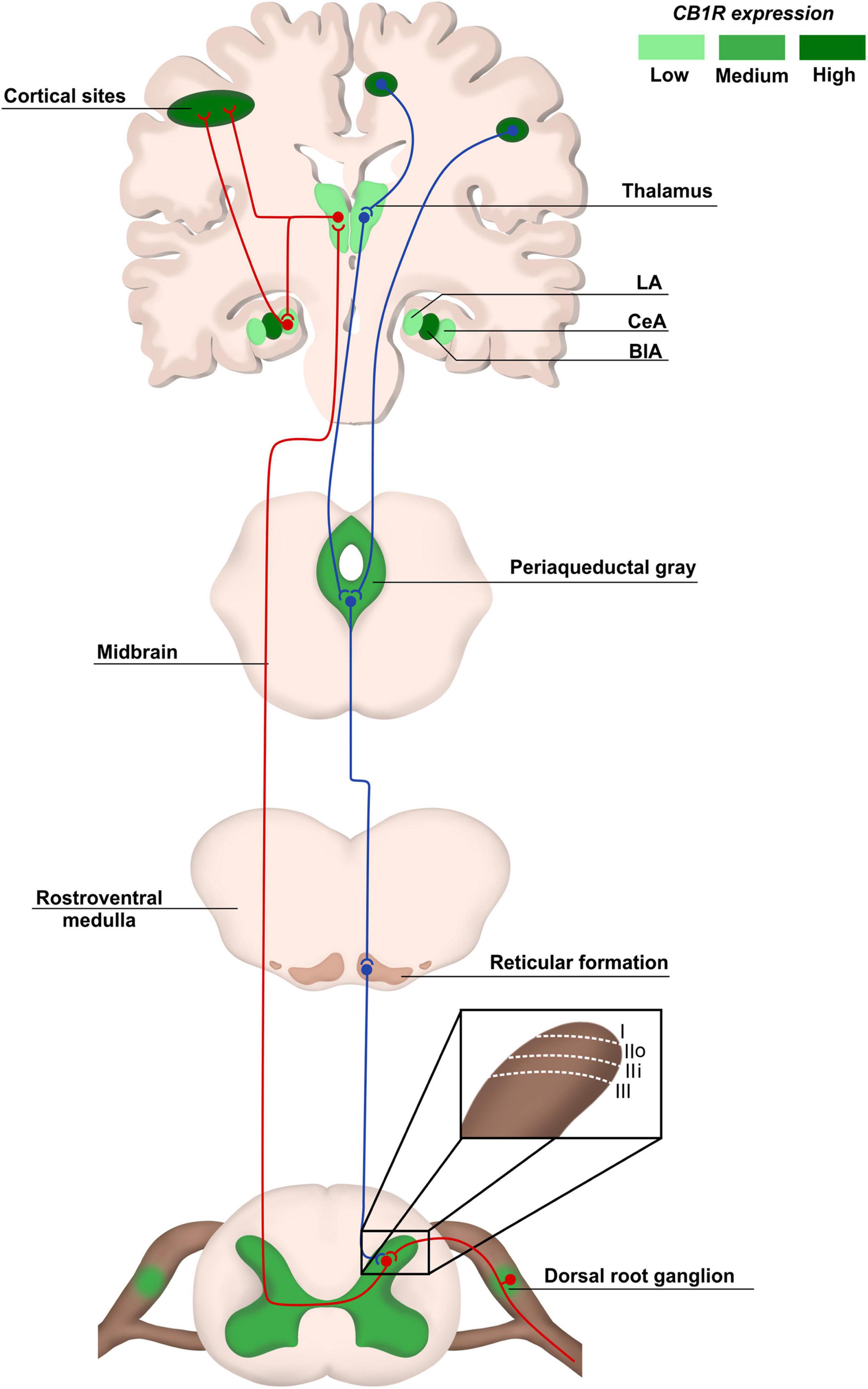
“Background: Contemporary data are needed about the utility of cannabinoids in chronic pain.
Purpose: To evaluate the benefits and harms of cannabinoids for chronic pain.
Data sources: Ovid MEDLINE, PsycINFO, EMBASE, the Cochrane Library, and Scopus to January 2022.
Study selection: English-language, randomized, placebo-controlled trials and cohort studies (≥1 month duration) of cannabinoids for chronic pain.
Data extraction: Data abstraction, risk of bias, and strength of evidence assessments were dually reviewed. Cannabinoids were categorized by THC-to-CBD ratio (high, comparable, or low) and source (synthetic, extract or purified, or whole plant).
Data synthesis: Eighteen randomized, placebo-controlled trials (n = 1740) and 7 cohort studies (n = 13 095) assessed cannabinoids. Studies were primarily short term (1 to 6 months); 56% enrolled patients with neuropathic pain, with 3% to 89% female patients. Synthetic products with high THC-to-CBD ratios (>98% THC) may be associated with moderate improvement in pain severity and response (≥30% improvement) and an increased risk for sedation and are probably associated with a large increased risk for dizziness. Extracted products with high THC-to-CBD ratios (range, 3:1 to 47:1) may be associated with large increased risk for study withdrawal due to adverse events and dizziness. Sublingual spray with comparable THC-to-CBD ratio (1.1:1) probably is associated with small improvement in pain severity and overall function and may be associated with large increased risk for dizziness and sedation and moderate increased risk for nausea. Evidence for other products and outcomes, including longer-term harms, were not reported or were insufficient.
Limitation: Variation in interventions; lack of study details, including unclear availability in the United States; and inadequate evidence for some products.
Conclusion: Oral, synthetic cannabis products with high THC-to-CBD ratios and sublingual, extracted cannabis products with comparable THC-to-CBD ratios may be associated with short-term improvements in chronic pain and increased risk for dizziness and sedation. Studies are needed on long-term outcomes and further evaluation of product formulation effects.”
https://pubmed.ncbi.nlm.nih.gov/35667066/
https://www.acpjournals.org/doi/10.7326/M21-4520




